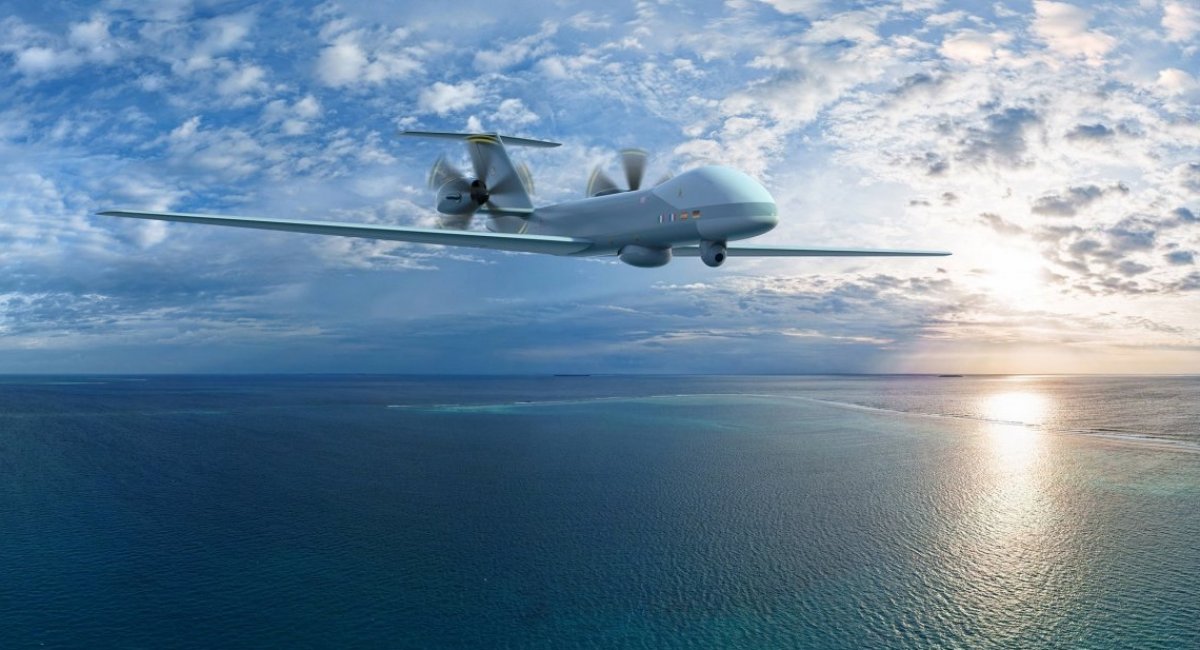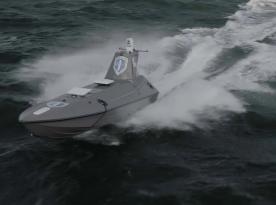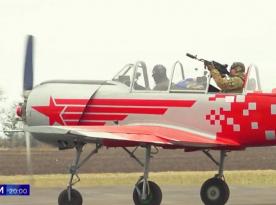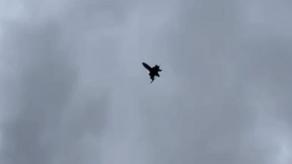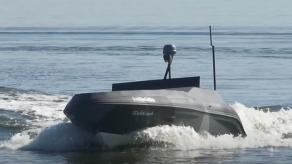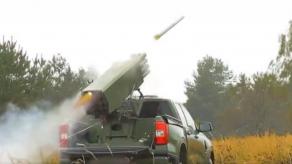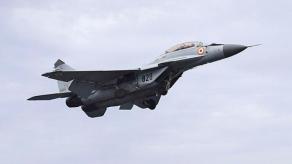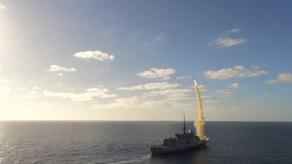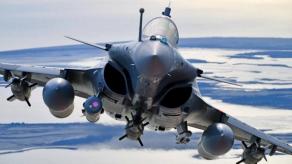The development of the European strike-reconnaissance UAV Eurodrone has passed a major milestone the Critical Design Review (CDR), OCCAR (the Organization for Joint Armament Cooperation) announced. This stage paves the way for prototype construction and preparations for the aircraft's first flight.
Despite the significance of the milestone, it should be noted the program began back in 2015. Ten years ago France, Germany and Italy launched a joint study to develop a MALE-class UAV. Its first public demonstration took place in 2018. Airbus, Dassault Aviation and Leonardo now lead the program together.
Read more: Ukraine's Navy Destroys russian Naval Drone, It Looks Like Entirely New Type
A key constraint for Eurodrone is that it must use only European components to avoid any export restrictions, chiefly those that might come from the United States.
Eurodrone is a very large aircraft: a 30-metre wingspan and a maximum takeoff weight of 13 tonnes, of which 2.3 tonnes are available for payload, including weapons. It is intended to have very long endurance up to 40 hours.
The platform is to carry a broad sensor suite for reconnaissance and target detection. Its strike capability will rely on standard air-launched munitions such as precision bombs and missiles like Akeron or Brimstone.
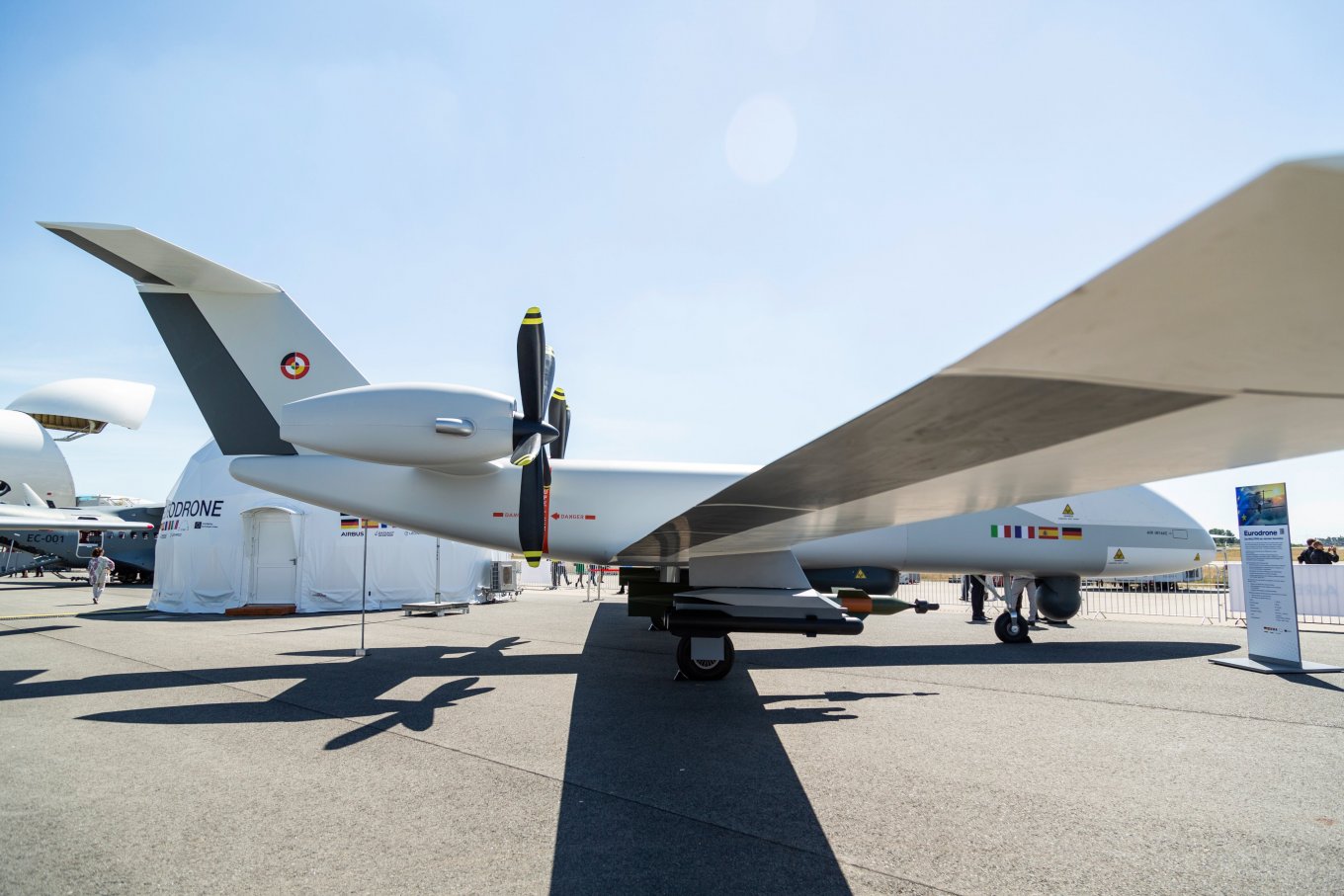
However, today's battlefield increasingly shows little room for such large armed drones. That does not mean big UAVs are useless they can serve valuable roles as airborne sensors. For example, they can patrol maritime areas like the MQ-9B SeaGuardian, which detects surface targets using Leonardo's Seaspray 7500E V2 AESA radar. Or they can act as long-range radar pickets using solutions available from Saab.
Seen from that perspective, a Eurodrone capable of 40 hours of on-station endurance looks more interesting as a persistent sensor platform than as a carrier of free-fall bombs and anti-tank missiles. Still, Eurodrone's development so far does not show a pace that promises to deliver those capabilities in the near term.
Read more: U.S. Army Buys 30 Tons of Powdered Sugar, and No, It's Not For Baking Cakes




